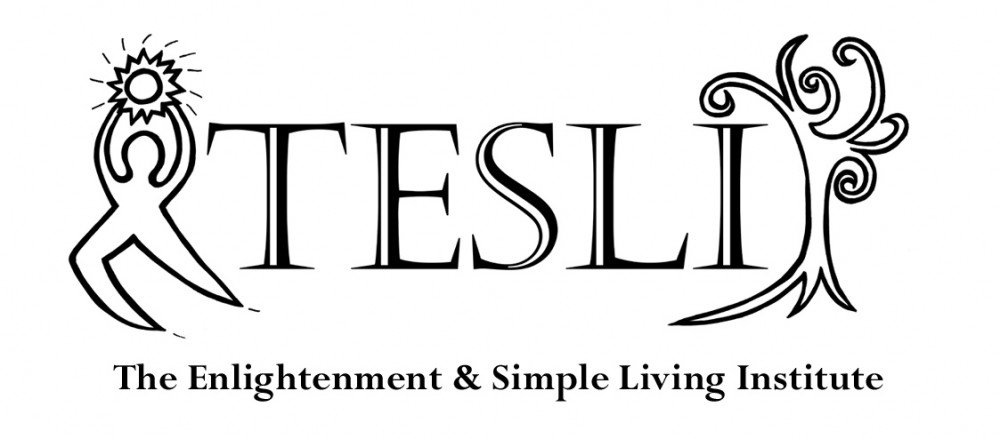The Matrix is another Buddhist philosophy film in my list of top ten movies for Buddhists. This movie, like Inception, demonstrates the basic Tibetan Buddhist tenant that the world we see and experience is deceptive. Deceptive, in this instance, means that it appears one way when it actually is a different way. Sometimes people use the analogy that this reality is really just a dream or say it is an illusion, but this is not accurate. If I dream I am being hurt, I will wake up to find myself unharmed. If, in this reality, I experience my finger being cut off, that reality is persistent, at least for as long as I maintain my identity.
film in my list of top ten movies for Buddhists. This movie, like Inception, demonstrates the basic Tibetan Buddhist tenant that the world we see and experience is deceptive. Deceptive, in this instance, means that it appears one way when it actually is a different way. Sometimes people use the analogy that this reality is really just a dream or say it is an illusion, but this is not accurate. If I dream I am being hurt, I will wake up to find myself unharmed. If, in this reality, I experience my finger being cut off, that reality is persistent, at least for as long as I maintain my identity.
What this boils down to is that this reality, for all intents and purposes, is not a dream. It is “real”. It just is a “deceptive” reality. The basic deception is that things seem to come from outside of ourselves. They seem to be “solid”, self existent things. For instance, when someone gets mad at us, we think that that is coming from them and not about us. Well, it might not be about us in our current state, but the whole situation is created by our mental potentials or karmic seeds planted by our past thoughts and actions.
An intellectual understanding that the reality we live in comes from us is not enough to set us free. The characters in the Matrix demonstrate this. The ones that are no longer plugged into deceptive reality continuously, still cannot control the happenings when they do enter the “matrix” of deceptive reality. However, the main character, Neo, does gain the ability to use his mind to transcend what normally would be considered human limitations. He is then able to move in ways that are not humanly possible, such as fly and dodge bullets.
The movie also could be seen as a metaphor for the enlightenment process. Like in the movie, the majority of people we see around us are not aware that the world they see around them is actually an elaborate deception. If we tried to point that fact out to them they might become angry and would certainly dismiss us.
In the movie, a small number of people have realized the deception, yet their awareness of the deception does not allow them to change things. They know the matrix world is not ultimately real, but they act like it is when they are in it. These people are like Buddhist aryas. A arya (stream-enterer) knows that they are not a separate self and the world is not occupied by self-existent objects, but they are (initially) unable to experience the world as it is ultimately. Neo represents someone that is progressing rapidly along the path to enlightenment and as his experience of ultimate reality increases his ability to manipulate deceptive reality increases. While this type of manipulation is not part of the goal of Buddhism, many advanced practitioners experience these changes naturally. Indeed, Bernadette Roberts a few weeks before she entered the permanent state of “No-Self” found she could know the future, levitate, and leave her body. (All of which she disliked and quickly found a way to extinguish.)
Neo represents someone that is progressing rapidly along the path to enlightenment and as his experience of ultimate reality increases his ability to manipulate deceptive reality increases. While this type of manipulation is not part of the goal of Buddhism, many advanced practitioners experience these changes naturally. Indeed, Bernadette Roberts a few weeks before she entered the permanent state of “No-Self” found she could know the future, levitate, and leave her body. (All of which she disliked and quickly found a way to extinguish.)
If you would like to see the films you can borrow a copy from me or use these links to purchase. Your purchase using the links supports TESLI. Thanks!
Reference: Bernadette Roberts. (1991). The Path to No-Self. State University of New York Press, Albany. p 169
